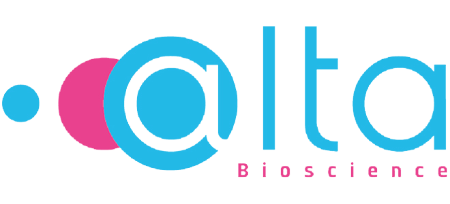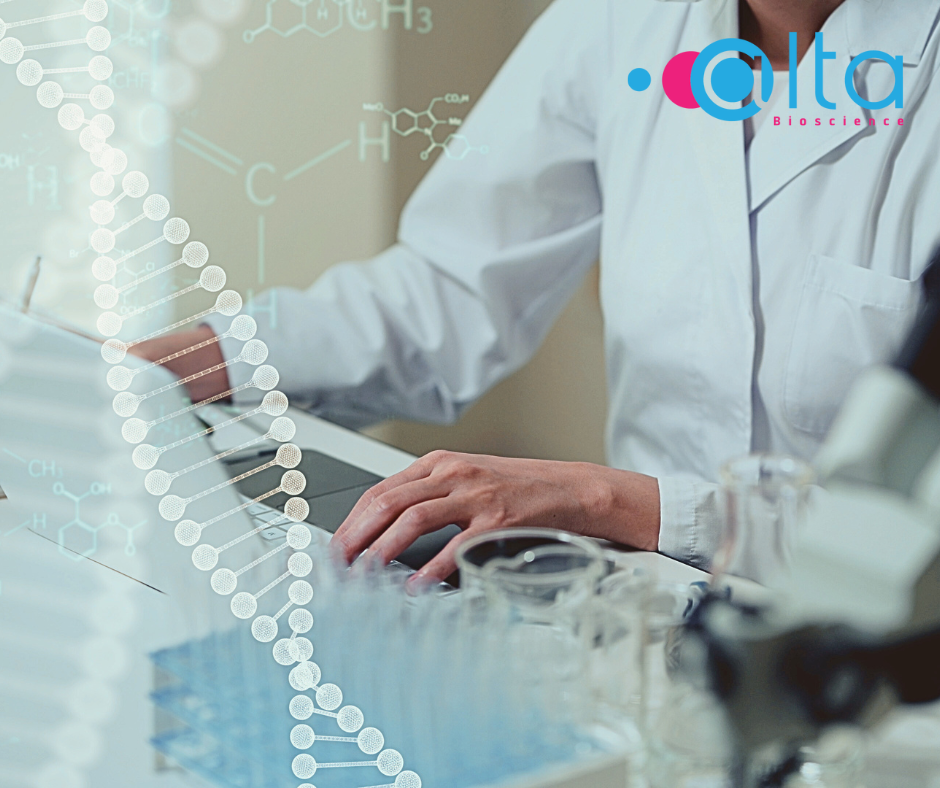
Peptide Conjugation – An Overview of Peptide Conjugates
Peptide conjugation to oligos, biotin, dyes, tags, proteins or other molecules, is a strategy to expand their utility in various fields. Discover our capabilities in this latest article.

Developing alternative chocolate with a traditional taste
Uncover how the flavours of chocolate develop during production and how alternative chocolate companies are trying to replicate the taste.
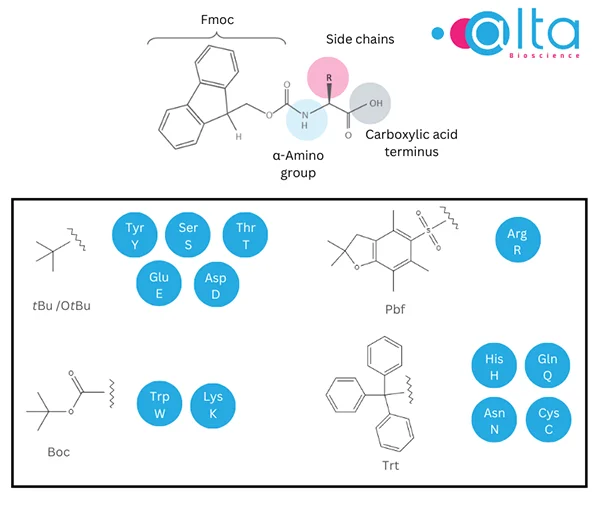
Fmoc Amino Acids for Solid-Phase Peptide Synthesis
Fmoc solid phase peptide synthesis (SPPS) is the method of choice for peptide synthesis. Compared to the traditional Boc/Benzyl approach, Fmoc chemistry is a convenient and milder method for the manufacture of peptides.
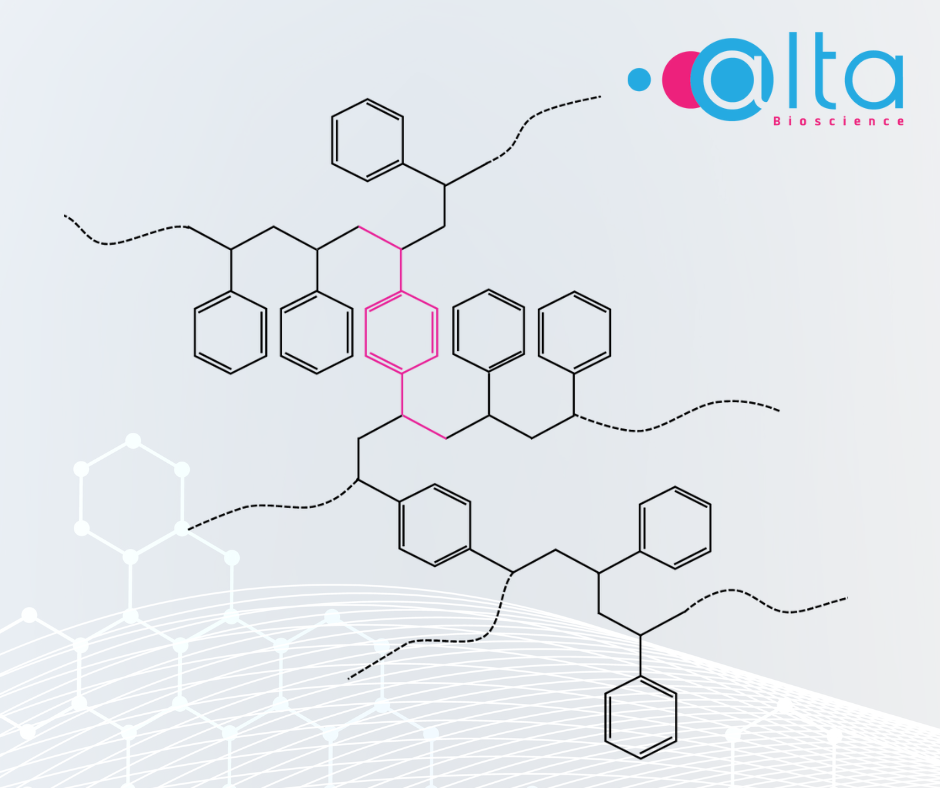
Advantages of Wang Resin in Peptide Synthesis
Discover the advantages of Wang Resin and how AltaBioscience has the perfect Fmoc preloaded Wang Resins to ensure smooth synthesis.
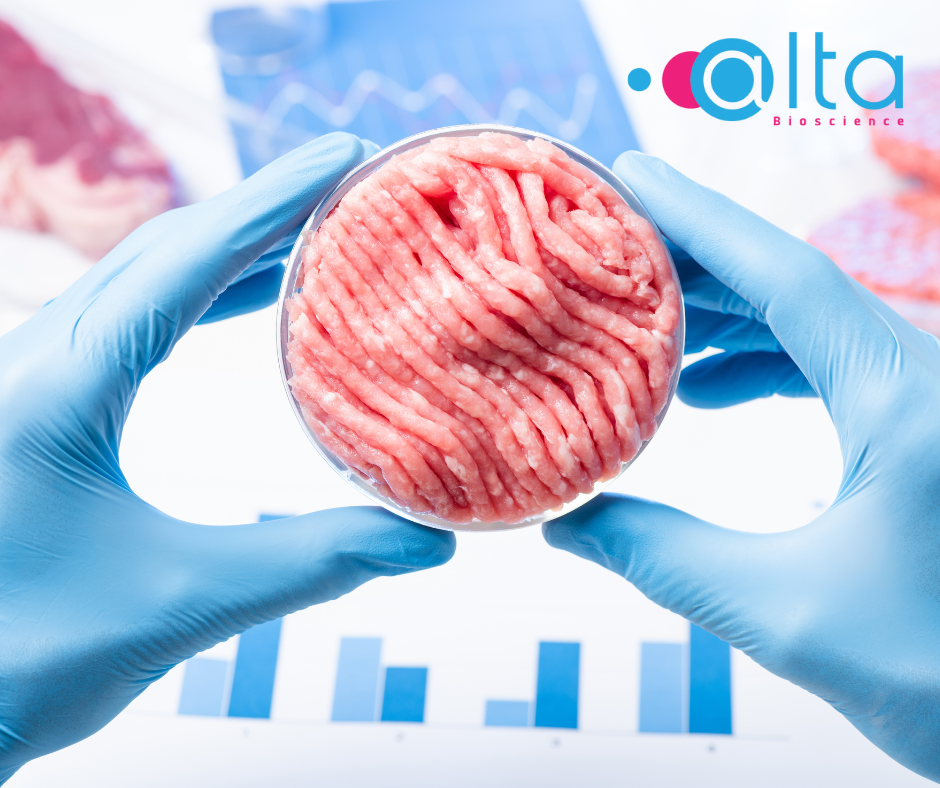
The Role of Amino Acid Analysis in Cultured Meat Production
Amino acid analysis serves as a vital tool in advancing the cultured meat and cellular agriculture industry. Read more in this article.
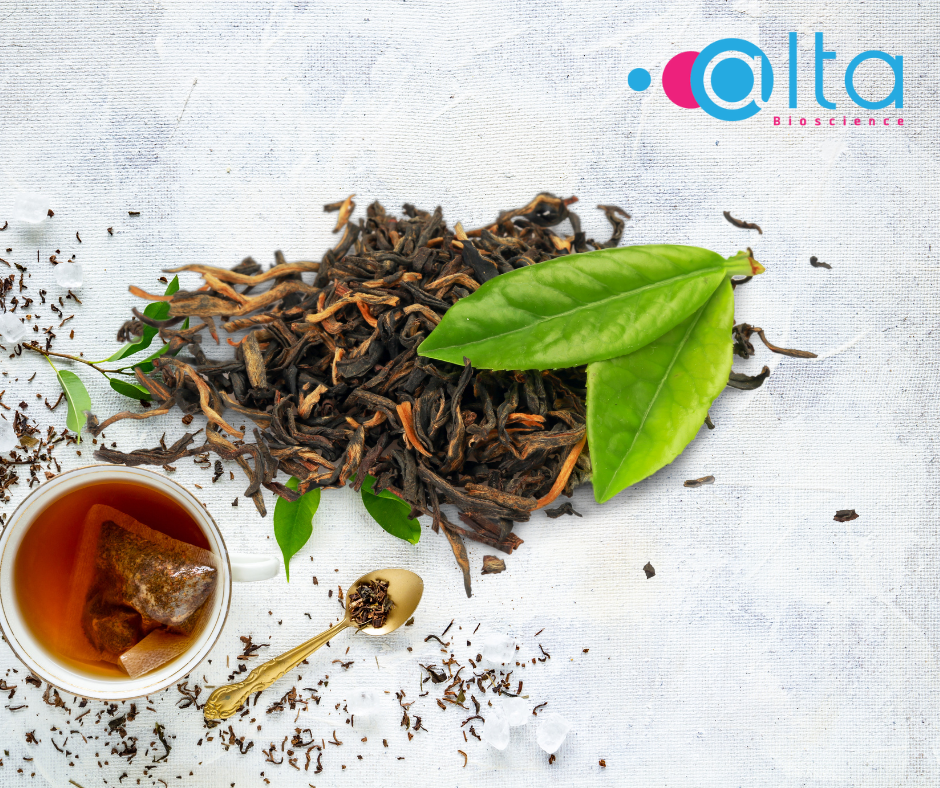
Assessing Tea Quality Through Theanine Analysis
In this article we look at the health benefits of tea and theanine, and its use in functional foods. Also, discover why theanine analysis is important when assessing the quality of tea and developing new drinks and food products.

Lysine Analysis of Animal Feed
We explore the importance of lysine in diets for the health and performance of animals. We also look at why the quantification of lysine with amino acid analysis can help feed manufacturers develop feed ingredients that are not only optimal for livestock but also kinder to the environment.
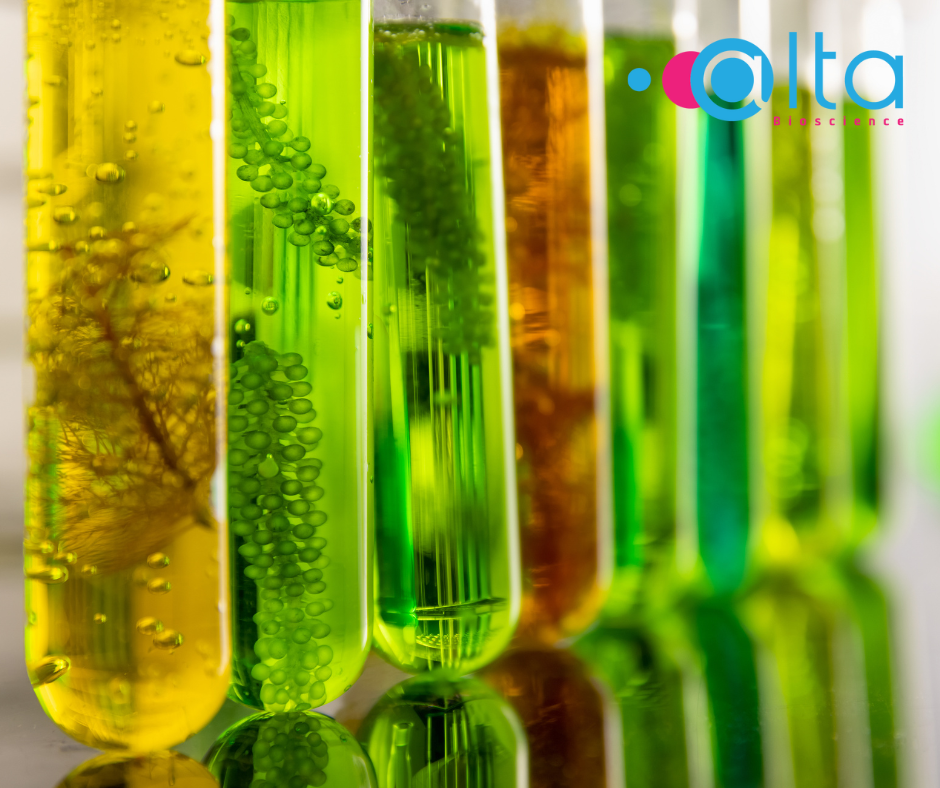
Four Alternative Protein Sources for Animal Feed
Discover the latest trends in alternative protein sources and the role of amino acid analysis when developing new feed ingredients.
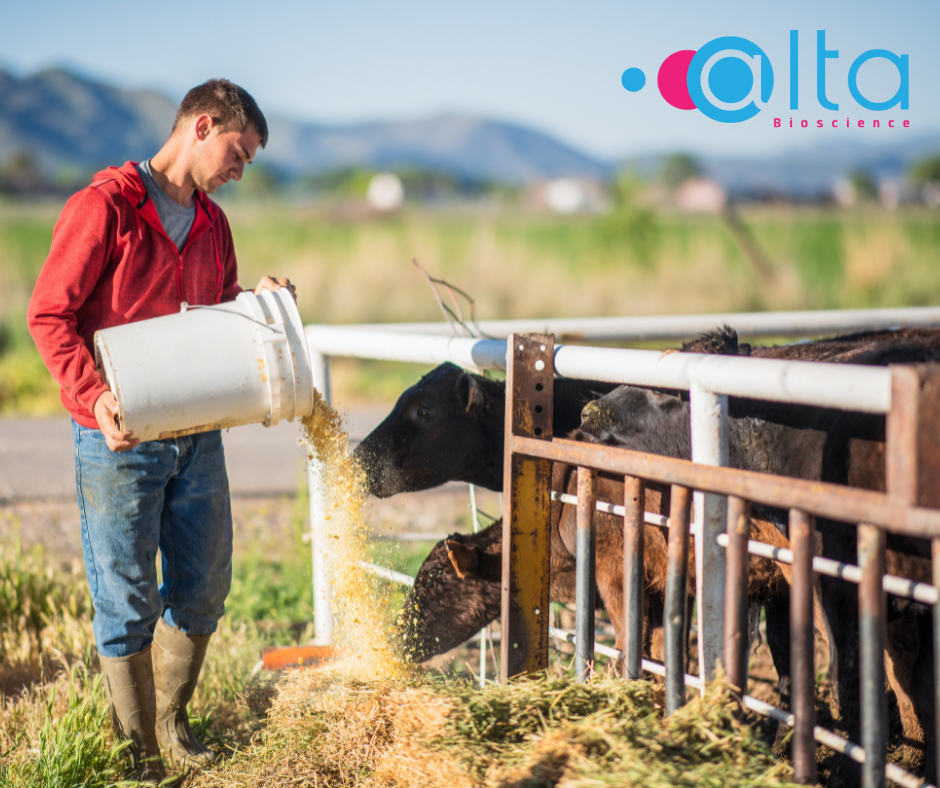
Amino Acid Analysis of Feed Products for Optimal Animal Nutrition
Amino acid analysis can help feed manufacturers develop cost-effective, nutritionally complete and consistent solutions for optimal animal nutrition.

Peptide Oligonucleotide Conjugates for Life Science Research
The conjugation of peptides to oligos is highly advantageous. It broadens their applications by enhancing them with additional unique properties. Read more.
